However, the market leadership role of this group is currently on the decline. What is the reason and what needs to be done to strengthen this leadership role?
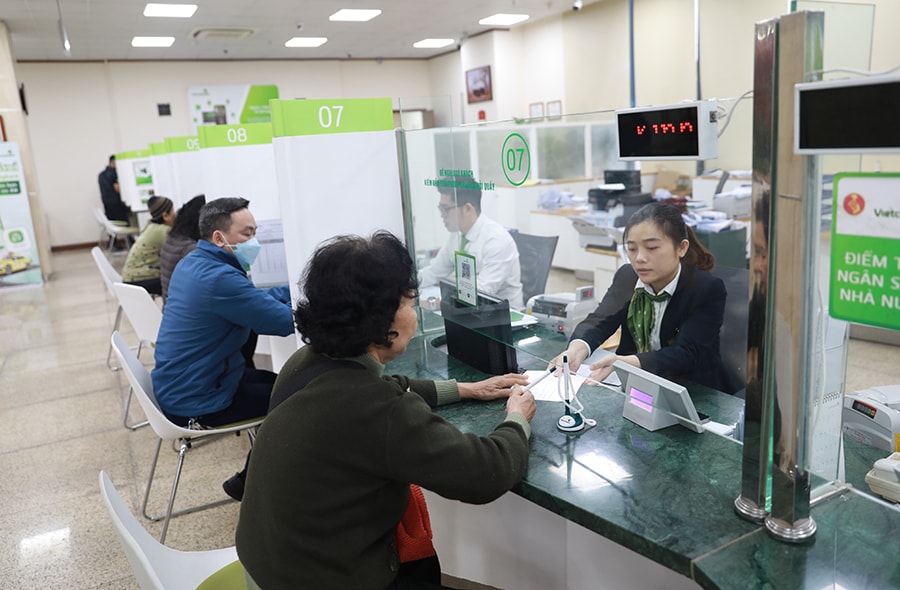
Shrinking market share
According to data from the State Bank, the group of 4 state-owned commercial banks including: Joint Stock Commercial Bank for Foreign Trade of Vietnam (Vietcombank), Joint Stock Commercial Bank for Industry and Trade of Vietnam (VietinBank), Vietnam Bank for Agriculture and Rural Development ( Agribank ), Joint Stock Commercial Bank for Investment and Development of Vietnam (BIDV) accounts for a large proportion of total assets, with 42% of the entire system.
According to the latest statistics, these 4 banks have total assets of 9,360 trillion VND, considered an important capital channel for the entire economy , with 43.5% of total outstanding credit...
Experts assess that, despite their key role in providing capital and payment intermediary, as well as implementing social security policies, the role of state-owned commercial banks is showing a tendency to decline relative to that of private joint-stock commercial banks. In fact, this group holds up to 42% of the total assets of the entire credit institution system, but the charter capital is only 20%, while the group of private joint-stock commercial banks accounts for 45% of total assets but holds up to 65% of the total charter capital of the entire system.
Obviously, this figure shows that the market share of the state-owned banking group is gradually shrinking. If in 2004, the capital mobilization market share of state-owned commercial banks was 74%, by 2024 this figure was only 46%; correspondingly, the credit market share decreased from 76% to 46%.
Explaining the cause of this situation, experts all said that it comes from limitations in operating mechanisms, complex governance structures and fierce competition. In addition, state-owned banks are also limited in terms of mechanisms and operations because they have to follow many complicated regulations and administrative procedures, leading to slow response to market fluctuations. The governance model, although improved, still has certain limitations in delegating decision-making power and flexibility, which reduces competitiveness compared to private banks with more streamlined structures.
Not to mention that private joint stock commercial banks have advantages in technological innovation, product and service development and flexible business strategies, especially in the field of digital banking.
Need to empower
According to Deputy Director of the Department of Forecasting, Statistics - Monetary and Financial Stabilization (State Bank) Nguyen Tat Thai, the financial resources of state-owned enterprises are slow to be unlocked due to decentralization regulations and investment authority that have not truly granted autonomy. The capital increase process for state-owned commercial banks is even more difficult, causing financial capacity to not keep up with asset growth.
Representatives of all four state-owned commercial banks also shared the same opinion: "Thin" charter capital is pushing state-owned commercial banks into many consequences such as pressure on the capital adequacy ratio (CAR), creating a major barrier in meeting international risk management standards.
In addition, limited capital scale makes banks "stuck" with credit ceilings, limiting the room to finance key national projects due to regulations controlling the limit on loans on equity capital. The above results also make the role of leading the market, pioneering in implementing preferential interest rate policies or supporting the economy difficult.
Mr. Nguyen Tat Thai proposed that it is necessary to accelerate and expand the equitization rate for state-owned commercial banks. At the same time, continue to study the roadmap for divesting state capital in equitized banks, consider loosening the room (ownership ceiling) for foreign investors to attract international resources.
Another issue is the roadmap for increasing charter capital for 4 state-owned commercial banks. According to the Banking Industry Development Strategy to 2025, with a vision to 2030 and related regulations, the capital adequacy ratio of commercial banks must reach at least 10-11% by 2025... If charter capital is not increased in time, state-owned commercial banks will not be able to ensure the CAR ratio, thereby directly affecting the ability to expand credit for priority areas such as digital transformation, green economy, and key infrastructure projects.
According to many experts as well as representatives of commercial banks, priority should be given to allowing state-owned commercial banks to retain profits after tax and after setting aside funds to increase capital through the form of paying dividends in shares. At the same time, building a mechanism to supplement capital directly from the state budget for banks plays a particularly important role.
In addition, it is necessary to clearly define the boundaries between state management, the owner's representative function and the enterprise's management rights, avoiding the situation of "both playing football and blowing the whistle" or administrativeizing business activities.
Source: https://hanoimoi.vn/bon-ngan-hang-thuong-mai-co-von-nha-nuoc-can-gia-co-vai-tro-dan-dat-thi-truong-724546.html


![[Photo] VinUni students' emotions are sublimated with "Homeland in the Heart: The Concert Film"](/_next/image?url=https%3A%2F%2Fvphoto.vietnam.vn%2Fthumb%2F1200x675%2Fvietnam%2Fresource%2FIMAGE%2F2025%2F11%2F26%2F1764174931822_10-3878-jpg.webp&w=3840&q=75)





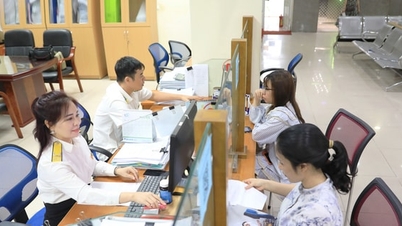

























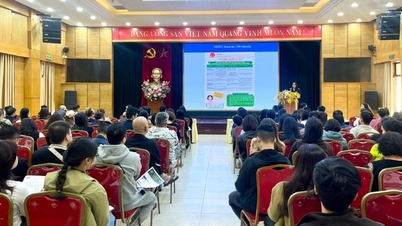

















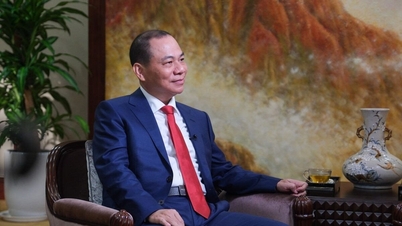











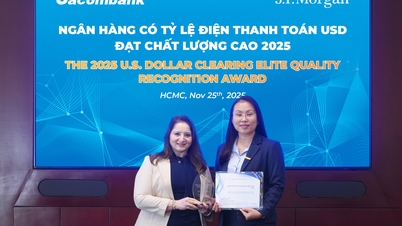

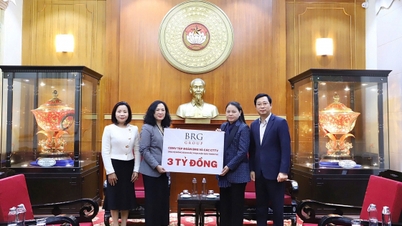














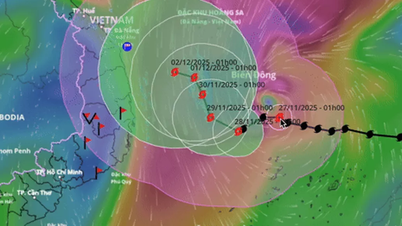












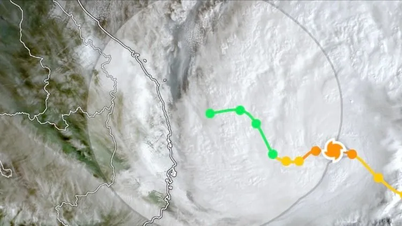

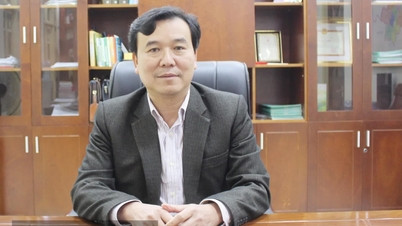
















Comment (0)